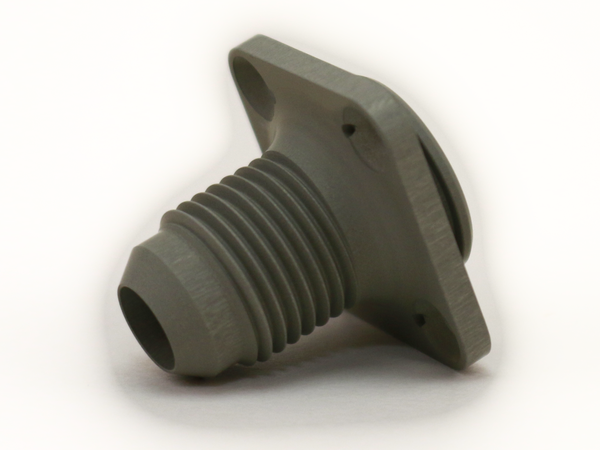What is Chromic Anodising?
Anodising is a very popular protective treatment for aluminium. Like all types of aluminium anodising, chromic acid anodising forms a corrosion resistant, amorphous layer of aluminium oxide. Anodising is performed by passing a current through parts (attached to the anode), in this case, in an electrolyte of chromic acid.
Chromic anodising was the original method of anodising and is sometimes referred to as the Bengough-Stuart process. Chromic acid anodising can produce films up to 5 µm. Chromic acid anodising produces films that are considerably more grey than sulphuric anodising.
Due to the use of hexavalent chromium, chromic acid anodising is gradually being phased out wherever possible. Laws and regulations are being enacted around the world both restricting its use and in some cases banning it outright. If you are designing a new product or updating an existing one, you may wish to consider using sulphuric acid anodising instead. Our technical staff will be able to assist you with any decisions about this, so please do contact us.
Unsealed chromic anodising is frequently used as a pre-treatment prior to painting. Our in house state-of-the-art paint spraying facility has the capability to apply a wide range of paints, including etch primers, epoxy primers and a variety of top coats such as epoxies and polyurethanes. The close working relationship between our paint and treatment departments means that we are able to ensure that time limits are observed and that coatings show good intercoat adhesion. Our customers are able to benefit in using a "one stop shop" for their coatings and value the ability to make one company responsible for the performance of the whole coating system.
Specifications Offered
- Def Stan 03-24
- MIL-PRF-8625 Type 1 (formerly MIL-A-8625 Type 1)
- Def Stan 21-5/2-2
- MIL-STD-171 7.1.1
- TS 112 D1
- JP 213 Method 2
- ASTM B580 Type G
We can work to other specifications, but the above are our most popular. Please contact us with your requirements.
Information for Designers
Sealing
Chromic acid anodising can be sealed or left in the unsealed condition. It is generally left unsealed for customers who plan to paint it.
RoHS Compliance
Chromic acid anodising may contain hexavalent chromium and we cannot guarantee how much it will contain, so we do not claim RoHS compliance.
